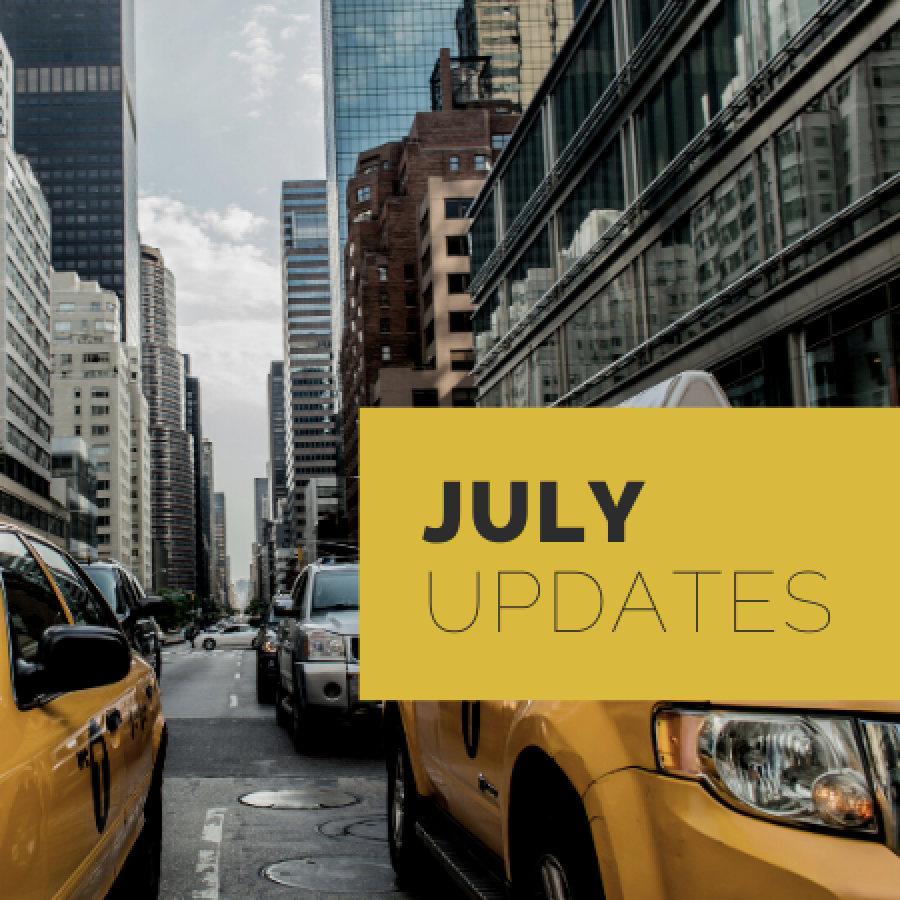Who Breathes the Bay Area’s Most Polluted Air?
The burden of this pollution is not evenly shared. Decades of discriminatory policies like redlining have allowed corporations to concentrate toxic sites in low-income neighborhoods and communities of color. These frontline neighborhoods—vibrant communities that are organizing for change—continue to face disproportionate exposure to harmful pollutants that threaten their health and future.
Our new analysis, Inequity in the Air, provides a detailed look at where these emitting facilities are located across the nine-county Bay Area, and who lives closest to them. Featuring interactive maps, firsthand stories from Richmond residents living near the Chevron Refinery, and data from the California Air Resources Board, the report presents urgent, actionable policy solutions to create a healthier and more equitable region.
Key Findings
-
Communities of color are closer to more toxic facilities: Neighborhoods with predominantly Black residents have twice as many emitting facilities within five miles compared to predominantly white areas. Overall, two out of three people living near these facilities are people of color.
-
Lower-income neighborhoods face higher pollution levels: Very low-income households are exposed to nearly three times more greenhouse gas emissions than high-income ones. Polluters typically target areas where they believe residents will present the least amount of opposition—although, as Richmond’s example shows, these assumptions have often been proven wrong.
-
Pollution exposure is tied to language and education: Neighborhoods where more residents have college degrees experience 60% less greenhouse gas pollution from nearby facilities. Communities with fewer language barriers see 6% lower emissions than those with high levels of linguistic isolation.
Frontline Communities are Leading the Way
The communities that have been hit hardest by decades of pollution are working to hold wealthy corporations and oil companies accountable, protect our health, and win policies that create a sustainable future. 
Last year, a coalition of environmental justice organizations and city workers’ unions won a landmark $550 million settlement from Chevron to begin addressing the harms of pollution in Richmond communities, and transition the city away from its dependence on fossil fuels.
But without more action from lawmakers, these inequities will only worsen. Some refineries are threatening to shut down without cleanup plans, or to convert to other polluting fuels—leaving communities to deal with the toxic aftermath. These strategies can help policymakers, regulators, and advocates address pollution:
-
Plan for a Just Transition: As long as refineries operate in the Bay Area, residents will continue to suffer from asthma, cancer, and high medical bills. Advocates and policymakers should pursue a multiyear ‘just transition’ strategy to responsibly decommission refineries, protect workers, and invest in regenerative, community-led economies.
-
Invest in Real Climate Solutions: California’s climate dollars will go furthest on both climate and environmental justice by investing in truly renewable energy, including solar and wind production, paired with electrification, mass transit, and cheaper electric cars for working people. California Climate Investments should invest in real climate solutions for people living at the frontline of poverty and pollution, not hydrogen, biofuels, or other refining schemes that sustain pollution for nearby communities.
-
Make Local Polluters Pay: Cities and counties can pass polluter tax ballot measures to bring in millions for clean air initiatives and climate investments. Thanks to local organizers and progressive city council members, Richmond’s 2024 ballot initiative forced Chevron to pay $550 million to fund essential services and a just transition fund—providing a blueprint for other communities to follow.
Find the full list of findings and recommendations at bayareaequityatlas.org/research/projects/inequity-in-the-air.

